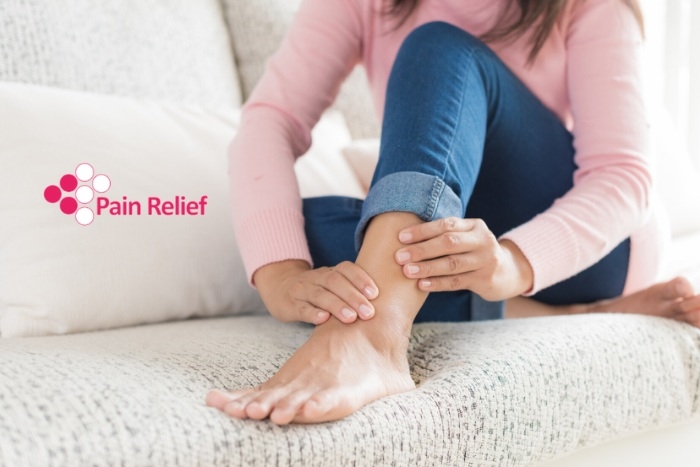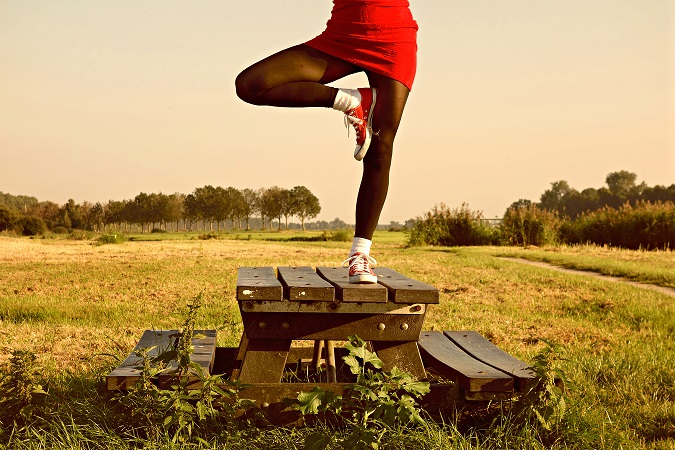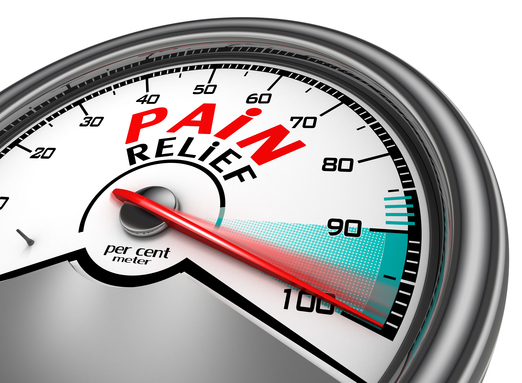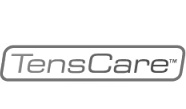You have no items in your shopping cart.
5 Ways to Recover from Muscle Soreness

Sore muscles can make our daily activities so much harder to perform. Even movements as simple as standing up or lifting an arm can be difficult and painful when our muscles are sore. This is why it is so important to find ways to recover faster. Fortunately, there are some very simple methods that you can use to recover from muscle soreness quickly. Keep reading to find out how.
Low-level laser therapy (LLLT) is a simple and effect way to help speed up the recovery time of many conditions, muscle soreness being one of them. You can take advantage of LLLT with the use of the Handy Cure. The Handy Cure combines 4 different energies to target the areas of pain, reduce swelling, and increase microcirculation to promote faster healing. Order your own Handy Cure from Pain Relief Online today.
Ways to Recover from Muscle Soreness
LLLT: As mentioned above, LLLT is a simple and effective way to speed up the recovery of muscle soreness. With the Handy Cure, it is extremely easy to use. Simply turn on your Handy Cure, aim the laser at the muscle that is experiencing soreness (making sure to avoid your eyes), and gently rub it in circular motions along the muscle. While you are moving the device, the laser is hard at work targeting your sore muscles and reducing inflammation. Each session with the Handy Cure lasts only 7 minutes, and the device will shut itself off once the time is up. You can use the Handy Cure either by itself, or with other treatment methods for even faster results.
Drink more water: You’d be surprised how big of a difference proper hydration can make on your recovery time. Drinking lots of water when you are experiencing muscle soreness helps to speed up your recovery. An adult woman should drink roughly 2.2 liters of water every day, while an adult man needs to drink about 3 liters of water a day. In order to benefit from water when experiencing muscle soreness, you will need to drink at the very least one extra liter more than your recommended daily water intake. You should also avoid beverages with things like added sugars, caffeine, and alcohol when experiencing muscle soreness, as they can dehydrate your further.
Use an ice pack: It’s no secret that cold temperatures can help decrease swelling in joints and muscles. If your muscles are feeling sore, place an ice pack on them. If you don’t have an ice pack on hand, you can take a few ice cubes and put them in either a clean cloth or ziplock bag and hold it against your sore muscles. Keep the ice there for 10-15 minutes.
Use heat: Using heat on your muscles after using ice also helps to alleviate pain. Wait about 3 hours after using ice, and take a hot water bottle and place it up against your sore muscles. Again, leave the hot water bottle there for fifteen minutes.
Non-prescription pain relievers: If your muscles are really bothering you, try using a legal non-prescription pain reliever. Tylenol, Advil, or Ibuprofen will all work effectively. You should only try these as a last resort, as they can alter the way your body works. Plus, they offer only temporary relief. You should also follow the instructions on the label carefully in order to determine a safe dosage.


















































































































































 Default Store View
Default Store View  New Theme
New Theme